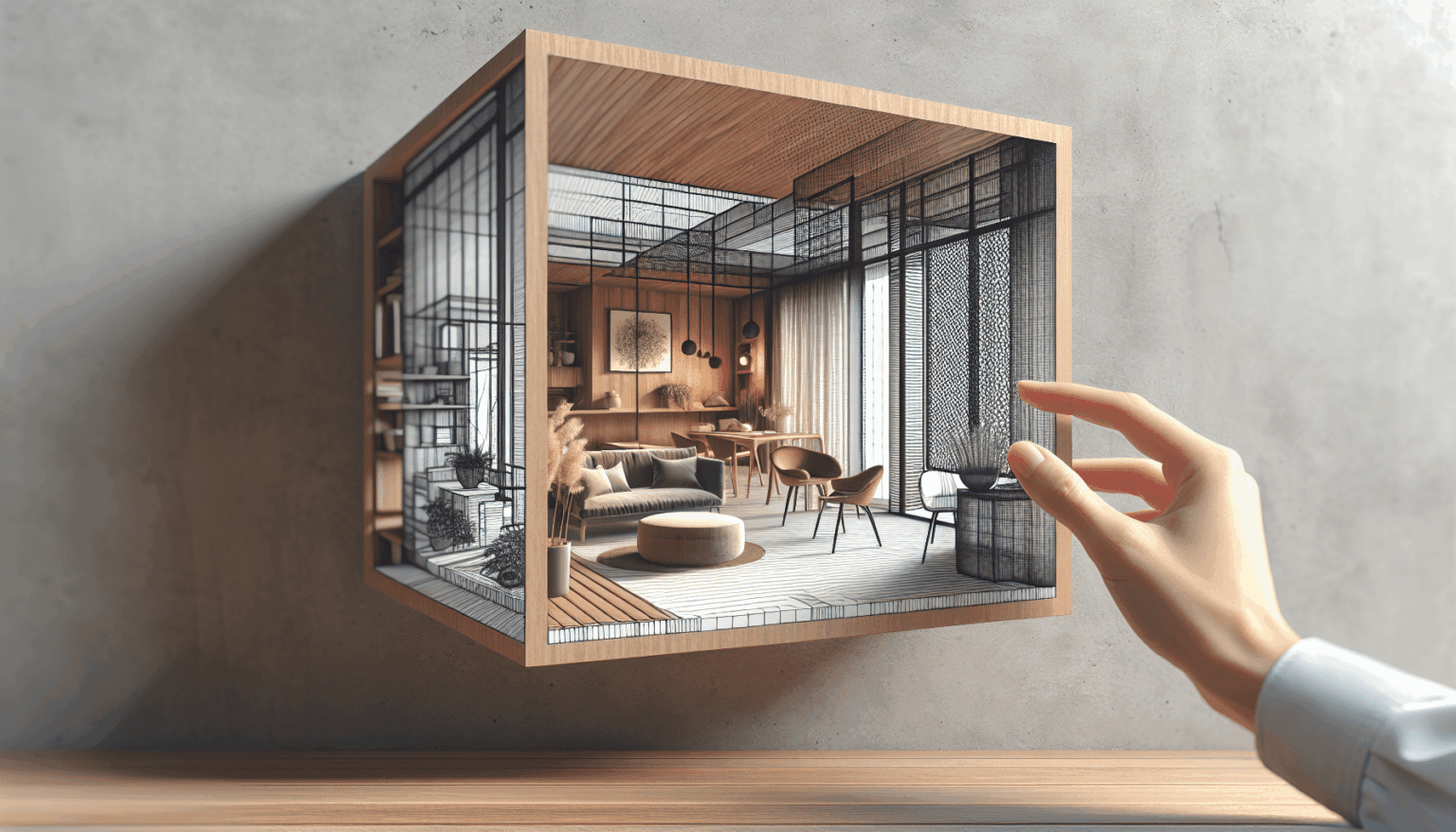The versatility of architectural spaces has taken a new direction thanks to the use of specific elements that, while seemingly simple, significantly transform both the perception and functionality of an environment. In recent decades, architects and interior designers have recognized that a single architectural element can be crucial for distinguishing different areas within the same space, providing a solution that is both effective and aesthetically pleasing.
A clear example of this trend is the use of partitions made from various materials. Incorporating a wooden panel or a glass wall not only allows for the division of areas but also adds a unique character to the environment. This strategy facilitates visual and fluid connections between zones, while still offering the necessary intimacy and functionality.
Moreover, the choice of colors and textures is crucial. Applying a single color to a section of the space can notably alter the atmosphere. For instance, a soft tone on a wall can transform a workspace into a relaxation area. Directed lighting in a specific environment also creates radical changes, highlighting decorative elements and generating various sensations.
This trend is evident in both residential and commercial projects. In office spaces, a standout piece of furniture—like a bench or a shelf—can define areas for collaboration and concentration without the need for extensive renovations. At home, open kitchens with functional islands have become the heart of the home, separating the living area while maintaining visual communication.
Design experts point out that this approach is not only practical but also sustainable. Delimiting spaces without constructing full walls involves less resource use and reduces construction debris. Thus, interior design is moving towards a new paradigm that values multifunctionality and efficiency.
The popularity of this trend has grown at design fairs and exhibitions, where architects share projects in which a single element serves as the connecting thread throughout the work. At a time when spaces need to adapt to the functionality and well-being of their users, the ability of a simple architectural element to redefine environments solidifies as a clever and cutting-edge solution in contemporary design.
via: MiMub in Spanish
